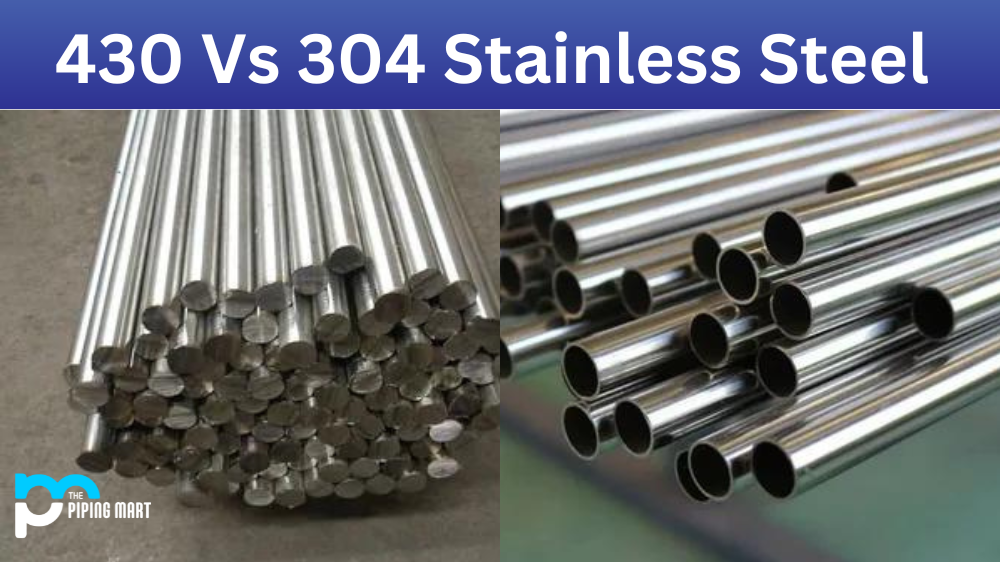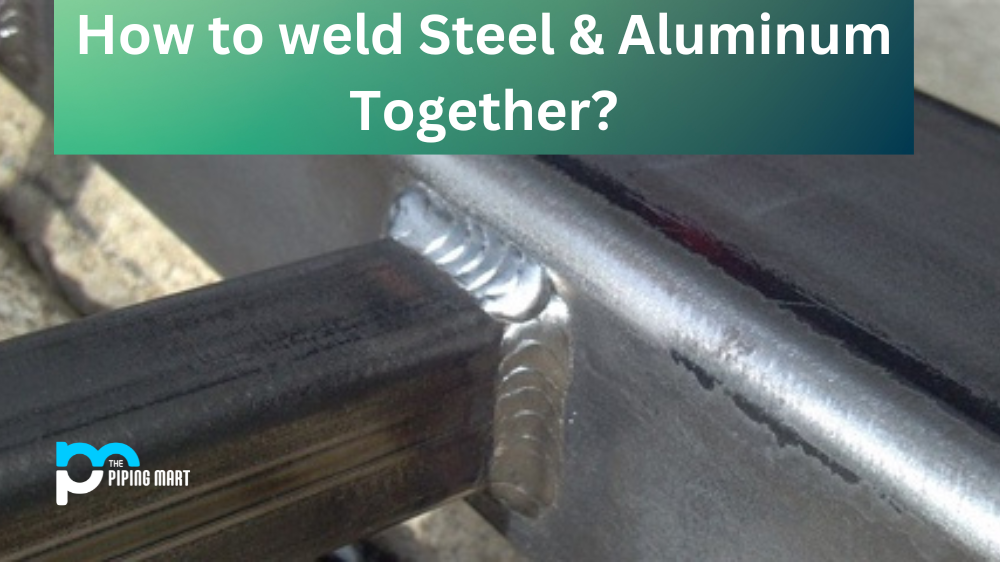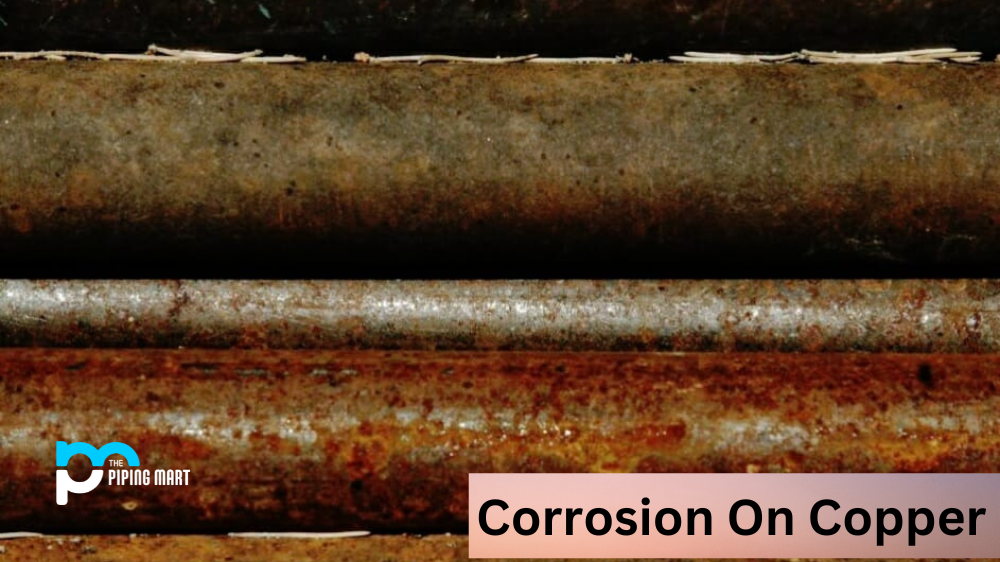When it comes to metalworking, one of the most important factors is the type of stainless steel you use. There are two common types of stainless steel used in metalworking: 430 and 304. While both types are popular among metalworkers, some key differences can help you decide which type is best for your project. Let’s break down the differences between 430 and 304 stainless steel.
430 Stainless Steel
430 stainless steel is a ferritic metal with low levels of chromium and no nickel. Due to its unique composition, this type of stainless steel offers excellent corrosion resistance and good formability—making it an ideal choice for projects requiring a durable finish. Additionally, because this type of stainless steel doesn’t contain any nickel, it’s often much less expensive than other varieties. However, because it lacks nickel, it can be slightly more susceptible to corrosion over time if not cared for correctly.
304 Stainless Steel
304 stainless steel is an austenitic metal containing nickel and chromium. This combination makes 304 a highly corrosion-resistant material due to the formation of an oxide layer on its surface when exposed to water or oxygen. In addition to its superior corrosion resistance, 304 also offers good formability and weldability—making it an excellent choice for projects where durability is essential such as food processing equipment or kitchenware. The only downside is that compared to 430 stainless steel, 304 tends to be more expensive due to its higher nickel content.
430 vs 304 Stainless Steel – What’s the Difference
Chemical Composition
One of the key differences between 430 and 304 stainless steel is the chemical composition. 430 stainless steel contains a higher carbon content than 304 stainless steel. As a result, 430 stainless steel is harder and more resistant to corrosion than 304 stainless steel.
Magnetic Properties
Another key difference between 430 and 304 stainless steel is its magnetic properties. 430 stainless steel is magnetic, while 304 stainless steel is not. As a result, 430 stainless steel can be used in applications where a magnet is required, such as in magnetic stirrers.
Thermal Conductivity
Another key difference between 430 and 304 stainless steel is its thermal conductivity. 430 stainless steel has a lower thermal conductivity than 304 stainless steel. As a result, 430 stainless steel is better suited for applications where heat needs to be conducted away from the material, such as in heat exchangers.
Cost
Another key difference between 430 and 304 stainless steel is the cost. 430 stainless steel is less expensive than 304 stainless steel. As a result,430 stainless steel is often used in applications where cost is a major consideration.
Conclusion:
When deciding which type of stainless steel is best for your project, keep in mind that both 430 and 304 offer excellent corrosion resistance, good formability, and weldability, depending on your needs. While 305 may be more expensive initially due to its higher nickel content, it may prove more cost-effective in the long run since it won’t corrode like other varieties might over time if not properly taken care of. Ultimately, the decision boils down to what works best with your budget and needs, so make sure you do plenty of research before making your final decision!

A passionate metal industry expert and blogger. With over 5 years of experience in the field, Palak brings a wealth of knowledge and insight to her writing. Whether discussing the latest trends in the metal industry or sharing tips, she is dedicated to helping others succeed in the metal industry.




